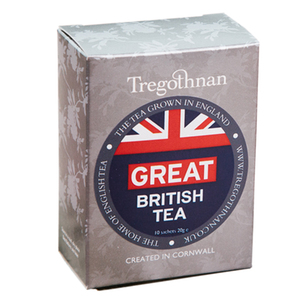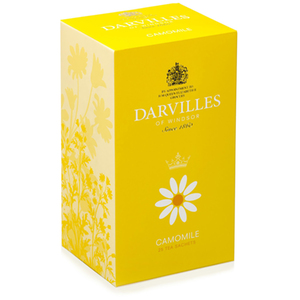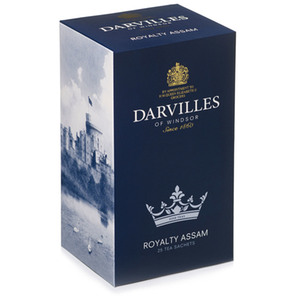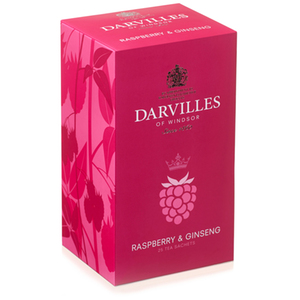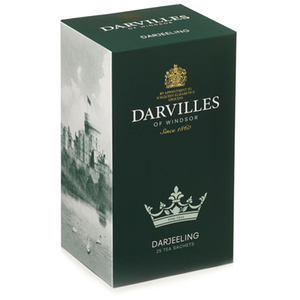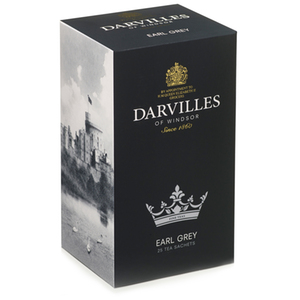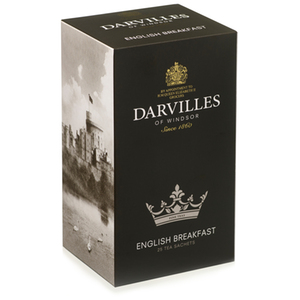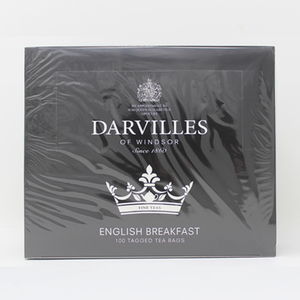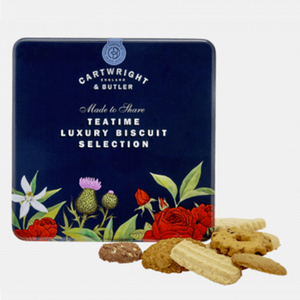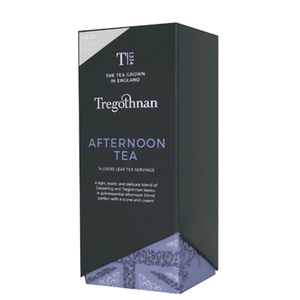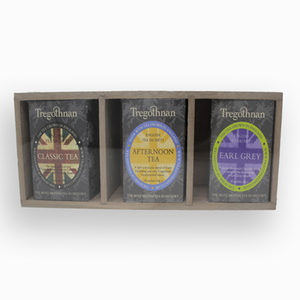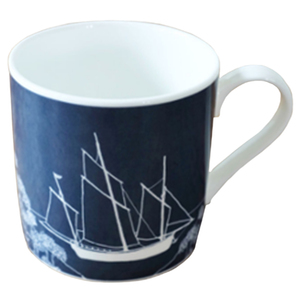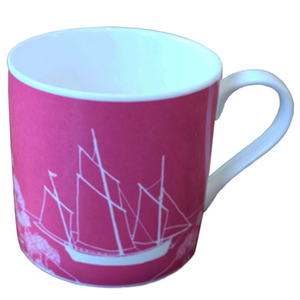
A little bit of History
Introduction
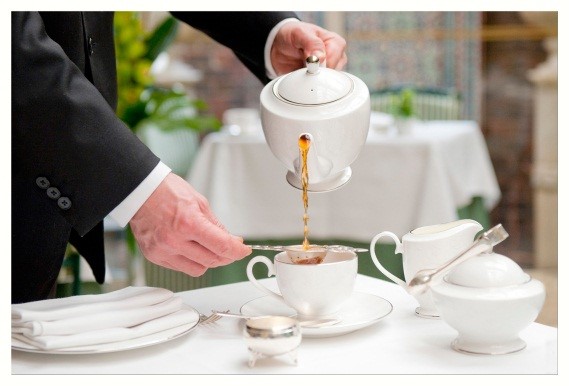 The English are one of the largest tea consumers in the world, with each person consuming on average 1.9 kg per year. The popularity of tea dates back to the 19th century when India was part of the British Empire, and British interests controlled tea production in the subcontinent.
The English are one of the largest tea consumers in the world, with each person consuming on average 1.9 kg per year. The popularity of tea dates back to the 19th century when India was part of the British Empire, and British interests controlled tea production in the subcontinent. Tea was first introduced in the 1660's into England by Catherine of Braganza, the queen consort of Charles ll. It has been the subject of protest as with the Boston Tea Party in America where Tea was thrown from boats into Boston Harbour in protest against the tea tax being imposed by the British. Yet it is also used as a source of great comfort when disaster strikes - It is not unusual in a crisis to find the teapot and tea cups coming out in the acknowledgement of the need for homely comforts in the time of distress.
English Tea Traditions
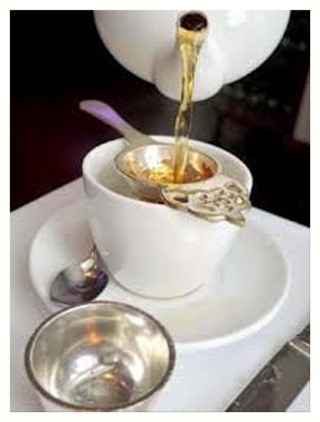 Our tea traditions do not stop at the making of a simple cup of tea they have evolved into intricate events. Although over time some of these have become less common in everyday life they still live on and are presently undergoing a revival. You can read about these on the English Art of Tea pages.
Our tea traditions do not stop at the making of a simple cup of tea they have evolved into intricate events. Although over time some of these have become less common in everyday life they still live on and are presently undergoing a revival. You can read about these on the English Art of Tea pages.
High Tea
High Tea was developed by the working classes in the Eighteenth and Nineteenth centuries. They could not afford to indulge in the excesses Afternoon Tea had to offer but would have a more substantial meal which was eaten at the table with the family after work.
Initially, English High Tea used to take place at about 6pm. It characteristically comprised of a mug of tea, bread, vegetables, cheese and meat. Variations on high tea include pies and potatoes. This traditional meal is still served in some parts of the country.
The upper classes also developed their own version of "high tea". It was a meal that was easy to prepare and could be eaten when their servants were away. This type of High Tea combined Afternoon Tea and High Tea with the addition of cold meats, pickles and fruit.
The Afternoon Tea menu served in England today comprises of "finger" sandwiches (rectangular shaped sandwiches with the crusts removed), scones with clotted cream and jam, sweet pastries and cakes. Where as a High Tea menu includes additional small savory items such as quiche, pies and vol-au-vents.
Traditional High Tea Menu
A selection of freshly prepared finger sandwiches
Cucumber; Egg Mayonnaise with Cress; Beef with Horseradish
A selection of savouries
Gala pie, Chicken with Mushroom Vol-au-Vents, Quiche Lorraine
Warm scones with clotted cream and preserves
A variety of homemade cakes and pastries
Victoria Sponge, Fruit Cake, Honey and Gingerbread, Chocolate eclairs
Your choice from a range of teas
Tea Break
The average English person drinks around five cups of tea a day and tea breaks are an essential part of any working day.
The English concept of a "tea break" during working hours is a term which is used almost uniformly across the working environment. The term is often shortened to "tea", indicating a break.
Strong inexpensive tea brewed in a mug using teabags and served with milk and one or two teaspoons of sugar (or more in some cases) is often referred to as builder's tea. This term came into being as it is often drunk by construction workers taking a break.
The term is used to differentiate from other more formal servings of tea as it is usually a stronger brew and served in a mug (as opposed to being brewed in a teapot and served in a cup with a saucer).
Tea Rooms
A tea room is a small room or restaurant where beverages and light meals are served, The atmosphere in a tearoom has been described as a sedate and reserved.
In 1864, the Aerated Bread Company opened the first A.B.C. Tea Shop in the courtyard of London's Fenchurch Street Railway Station . The idea for opening the tearoom is attributed to a London-based manageress of the Aerated Bread Company "who'd been serving complimentary tea and snacks to customers of all classes. The company were given permission to put the first commercial public tearoom on the premises." The motivation for opening the tea room was "the fact that the sale of bread alone was not proving to be profitable enough. The tearooms provided one of the first places where women of the Victorian era could go to by their selves or with women friends, without a male escort and without risk to their reputations. By 1923, the A.B.C. tea shops numbered 250, second only to J. Lyons and Co. who opened thirty years after A.B.C. , The Lyons tea shops were slightly more up-market than their A.B.C counterparts and were particularly notable for their spectacular art deco style. Sadly the company closed its doors in 1977
Traditionally a staff member serving food and beverages in a tearoom would wear a uniform which consisted of a black skirt, black or white blouse, white starched frilly apron and a white and black cap this uniform originated from the Lyons Corner Tea Houses where their waitresses were known as "nippys" and it was adapted by many others who associated with the style and quality Lyons Houses offered. This uniform can sometimes be seen today but not usually in the elaborate form of its original design.
From the 1880s fine hotels began to offer tea service in tea rooms and tea courts, and by 1910 they had begun to host afternoon tea dances.
Tea rooms became very popular in the first half of the 20th century and became established venues for all classes of English society. Most were owned or managed by women and most tea room patrons were also women. In the 1920s, tea rooms became THE fashionable places for women to meet friends.
Today, tea rooms are typically found in small country towns and villages across the country they are patronised by both men and women of all classes and remain well used.
Tea Dance
In 1819 the Tea Dance became popular, and continued through to 1950's. Friends and acquaintances gathered in halls usually between the hours of 5:00 and 6:30 pm. Tables and chairs would be set up around a dance floor and tea and small savouries were served at the tables whilst dancing took place. Ladies would often carry dance cards which could be completed by their dancing partners. Tea dances are still held today but are less popular than former years. The tea dance conjures up images of Noel Coward, Art Deco, Fred Astaire and The Charleston through to Big bands, Glen Miller, Ella Fitzgerald and the Waltz.
Making the Perfect Pot of Tea
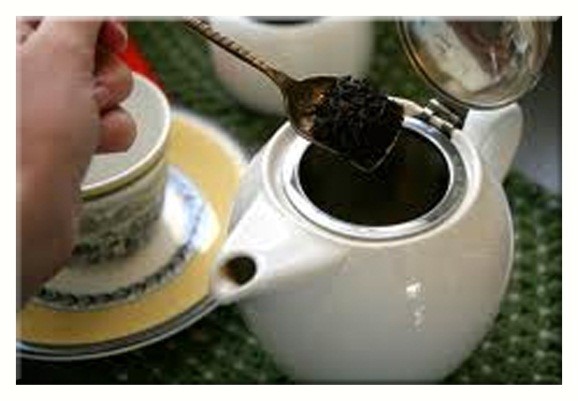 Making the perfect pot of tea needs patience as scientists have found that it needs to brew for two minutes in the pot before pouring, and once poured it needs a further six minutes before drinking. This allows the tea to cool to 60c which is the optimum temperature to let the flavours flood out.
Making the perfect pot of tea needs patience as scientists have found that it needs to brew for two minutes in the pot before pouring, and once poured it needs a further six minutes before drinking. This allows the tea to cool to 60c which is the optimum temperature to let the flavours flood out. If the tea is left to drop below 45c or anything over 17 1/2 minutes it will be past its best. A tea cosy is often used to keep the teapot warm and prevent the temperature dropping below its optimum.
Everyone has their own way of making a pot of tea, but here is a tried and tested way of making an excellent brew.
- Run the tap a little so the water is nicely aerated before adding to the kettle. Use water that has boiled just once - any more than that and the level of oxygen in the water is reduced and your tea can taste a bit "flat". Bring the kettle to a rolling boil, anything more than this will spoil the flavour of the tea.
- Warm the teapot first by swilling boiling water around inside it, then warm the cups with the water from the teapot.
- For a four-cup pot, use one teaspoon of loose tea per person and one for the pot. Alternatively, if using teabags, three premier teabags should be enough, put these in the pot .
- Add freshly boiled water to the pot, stir and leave to brew for 2 minutes (optimum) or longer if you prefer it stronger.
- Add a small amount of milk to the cup and then pour in the tea, if you are using loose tea leaves it is best to use a tea strainer over the cup to catch the leaves
- Add sugar if prefer it sweet.
- Leave the tea for a further 6 minutes or until it has reached 60c before drinking
- Put a tea cosy over the pot to keep it warm enough for a delicious second cup
Making a Proper Cup of Tea
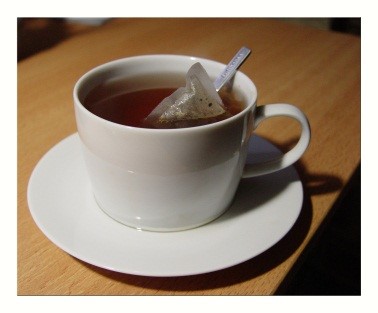
- Run the tap a little so the water is nicely aerated before adding to the kettle. Use water that has boiled just once - any more than that and the level of oxygen in the water is reduced and your tea can taste a bit "flat".
- Swill some of the boiled water around the cup to warm it
- Put a teabag into your cup
- Pour the boiled water directly onto your teabag. This way the tea infuses better than adding the teabag to water.
- Place one teaspoon of tea into an infuser and place the infuser into the cup
- Pour the boiling water slowly over the tea leaves until the cup is nearly full leaving enough room for the milk
- Leave for 2 minutes (optimum) or longer if you prefer it stronger
- Remove the teabag with a spoon giving it just one gentle squeeze; or remove the infuser if you have loose tea.
Shop Here…
The English Art of Tea
Select Your Currency:
